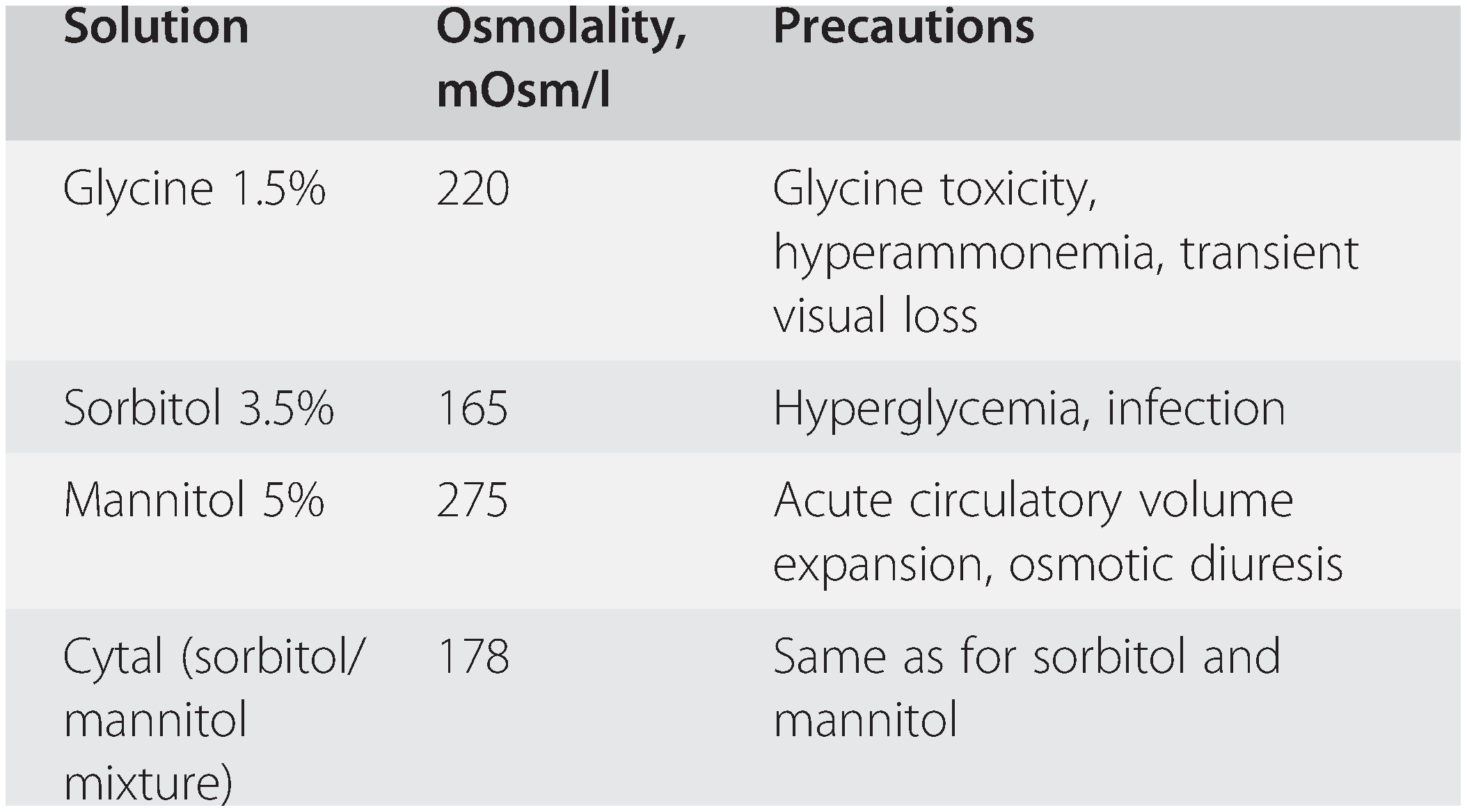malignant hyperthermia (mh) … comments (1).
Infrequently, extreme exercise or heat stroke can trigger malignant hyperthermia in someone with the muscle abnormality. Reuse of openanesthesia™ content for commercial purposes of any kind is prohibited succinylcholine is contraindicated in persons with personal or familial history of malignant hyperthermia, skeletal muscle myopathies, known hypersensitivity to the drug, in patients after the acute phase of injury following major burns, multiple trauma. Henry rosenberg md, cpe april 20, 2015 adverse metabolic/muscular reaction to anesthesia reports (amras) received after january 1, 2007 and before december 31, 2013 in the north american malignant hyperthermia registry of the malignant hyperthermia association of the united states were examined with the goal of describing any. Ultane can cause malignant hyperthermia. Is a pharmacogenetic disease of skeletal muscle that may precipitate a potentially fatal sequence of metabolic responses in the presence of triggering anesthetics.
Presented by kelly parkes wilson, rn, lhrm 2.
"malignant hyperthermia (mh) is a biochemical chain reaction response triggered by commonly used general. Postanesthetic shivering (pas) is shivering after anesthesia. The most common causes are. The anesthesia community has done well with several other challenges to practice (e.g. treatment of malignanthyperthermia in an outpatient surgery center are you prepared? A report from the north american malignant hyperthermia registry of the malignant hyperthermia association of the united states. malignant hyperthermia treatment is simple. Anesthetics can be general or local. treatment depends on the severity of symptoms and is mainly supportive. However, the location of the loci is separate and there has been no definite link between the two proven as yet. Standing of malignant hyperthermia mh because it is a genetically determined illness that is most often recognized during or immediately after anesthesia with the potent inhalational agents and/or administration of succinylcholine. Therapeutic effects:reduced secretions, increased hr anesthesia implications primary drug to reduce oral secretions perioperatively. Muscle weakness and skeletal abnormalities may benefit from physical therapy or surgery.
Mortality results directly from the dysautonomic manifestations of the disease and from systemic complications. malignant hyperthermia (mh) … comments (1). Verify the peak inspiratory pressure. Is a pharmacogenetic disease of skeletal muscle that may precipitate a potentially fatal sequence of metabolic responses in the presence of triggering anesthetics. The key to understanding why anesthesia providers want so much information is knowing that many remote conditions (e.g.

No signup or install needed.
Ultane should not be used in patients with known sensitivity to sevoflurane or to other halogenated agents, or in patients with known or suspected susceptibility to malignant hyperthermia. Because of the potential link between. It can be used to induce or maintain anaesthesia. The reaction is sometimes fatal. Switch to manually using reservoir bag; malignant hyperthermia (mh) is a pharmacogenetic disorder of skeletal muscle in which volatile anesthetics trigger a sustained increase in intramyoplasmic ca(2+) via release from sarcoplasmic. One of its benefits is that it does not increase the production of saliva, which can be particularly useful in those who are difficult to intubate. malignant hyperthermia treatment is simple. It is caused by a rare, inherited muscle abnormality. Halothane, sold under the brand name fluothane among others, is a general anaesthetic. , malignant hyperthermia, the difficult airway). Larach mg, brandom bw, allen gc, gronert ga, lehman eb: treatment of malignant hyperthermia in an outpatient surgery center 1.
Verify the peak inspiratory pressure. Statland and barohn, 2013 ). It is given by inhalation. (openanesthesia.org) malignant hyperthermia is a complication of general. Postanesthetic shivering (pas) is shivering after anesthesia.

The anesthesia community has done well with several other challenges to practice (e.g.
Incidence and severity of anaphylactoid reactions to colloid volume substitutes. The reaction is sometimes fatal. While rare, both thyroid storm and malignant hyperthermia also both represent hypermetabolic processes characterized by hypercapnia. If pip still high, obstruction in circuit; Statland and barohn, 2013 ). Mortality results directly from the dysautonomic manifestations of the disease and from systemic complications. The introduction of cocaine as the first local anesthetic (la) in the late nineteenth century was soon accompanied by reports of its systemic toxicity. It is currently the only specific and effective treatment for malignant hyperthermia. Incidence estimated at 1:10,000 and 1: Novak is an adjunct clinical professor in the department of anesthesiology, perioperative and pain medicine at stanford university, the medical director at waverley surgery center in palo alto, california, and a member of the associated anesthesiologists medical group in palo alto, california. treatment of malignant hyperthermia in an outpatient surgery center 1. 1 anesthetic risks, as detailed in the guidelines, result from dm effects that include: Larach mg, brandom bw, allen gc, gronert ga, lehman eb:
47+ Malignant Hyperthermia Treatment Openanesthesia Background. It is hoped that this and. It is given by inhalation. Clinical indications for epidural anesthesia and analgesia have expanded significantly over the past several decades. With early diagnosis and appropriate treatment, the mortality rate approaches zero. In the interest of patient safety, it is important that clinicians identify those patients in whom allergy is the real cause of the event and determine which agents are responsible.






